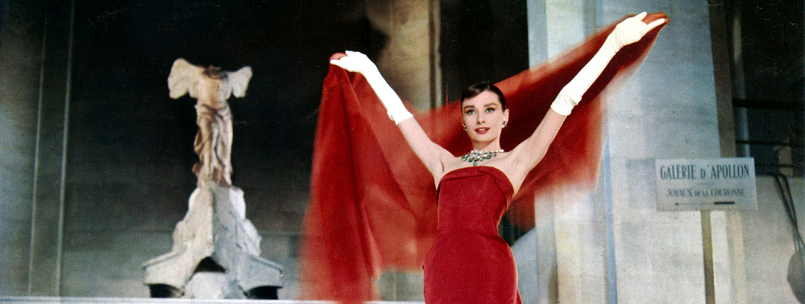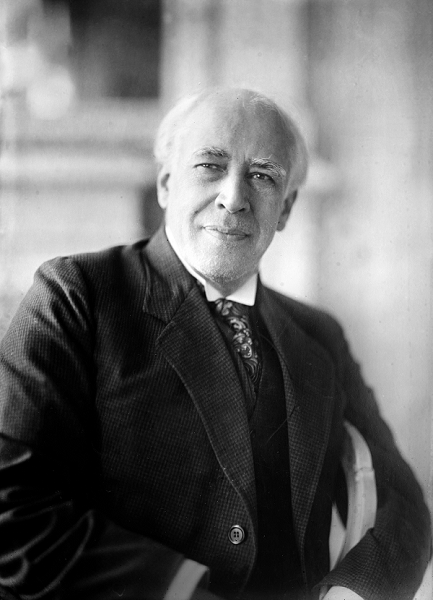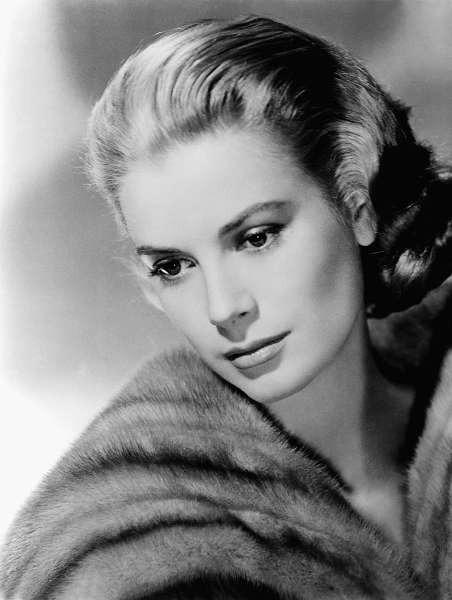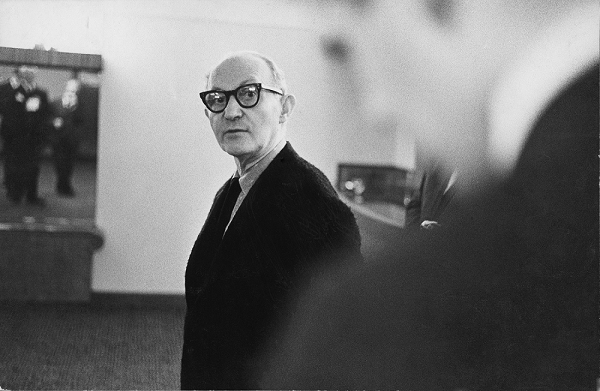
The Psychology of Performing Arts
Shakespeare, Marlowe, Racine, Moliere, Chekhov… famous playwrights whose plays are still performed today and reinterpreted by directors and actors around the world.
They were key in transforming many aspects of everything we know as theatre and drama. In the 20th century there continue to be notable practitioners who have invented new methods for actors to use in order to achieve a more genuine performance.
“Love the art in yourself and not yourself in the art”
Konstantin Stanislavski (1863 – 1938)

Konstantin Stanislavsky (1863-1938) russian comedian, co founder of the Moscow Art Theatre in 1898, c. 1925 / Photo © PVDE
Born in 1863, in Moscow, Konstantin Stanislavski provided a guiding structure for actors to consistently achieve deep, meaningful and disciplined performances. One of the goals of the “Stanislavsky System” was to portray believable, natural people on stage. This notion was a striking contrast to the thespians in 19th century Russia. Most of the actors during that era spoke in a grandiose tone, and gestured in an over-the-top manner.
He wrote several books like “An actor prepares” where he exposes his thoughts on theatre, his approach for acting and exercises that people can do at home. A lot of aspects are explained such as: action, creativity, concentration, memory, improvisation and more. It is, for sure, a book that actors should read to understand his method, now used almost everywhere.
“The character comes alive if you believe in what you’re doing”
Lee Strasberg (1901 – 1982)
Stanislavski’s system inspired many actors and teachers such as Strasberg, the creator of “Method acting” and the Lee Strasberg Theatre and Film Institute. Strasberg used the term “Method” to describe his philosophy of acting and his techniques of training actors, which built upon some of Stanislavski’s early ideas. It was an even more psychological perspective of acting as it required using your personal experience and not using your imagination with “Magical If” to have a connection with the role. He always asks this question: “What would motivate me, the actor, to behave in the way the character does?”
But his method has been received as controversial, recording as dangerous. Indeed, a lot of actors decided to stop eating, sleeping or even worse: refused to leave their characters.
He was the director of The Actor Studio, where a lot of actors learned acting with his method: Christian Bale, Heath Ledger and Jared Leto.
“Act before you think – your instincts are most honest than you thoughts.”
Sanford Meisner (1905 –1997)

Grace Kelly (b/w photo) / Photo © DILTZ / Bridgeman Images (Grace Kelly one of the student of Meisner)
Meisner worked with Strasberg for a time, but he did not want to use the emotional memory. He disagreed with some points developed by Stanislavski and developed the “Meisner technique,” creating a school where he trained students on improvisation and emotional impulses. His motivation was real acting with real feelings. He created five exercises to learn acting without an entire intellectual processes behind it. To him, we have to act within the present, now.
There is a school named The William Esper Studio in New-York who used his method. A lot of famous actors/actresses used his way of acting such as Christoph Waltz, Sandra Bullock or Tatiana Maslany.
Images & Licensing
Contact the team at Bridgeman Images with any queries regarding licensing and clearing copyright.
Categories of images and clips include Shakespeare, Theatre and Drama or Cinema.

